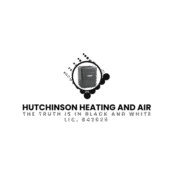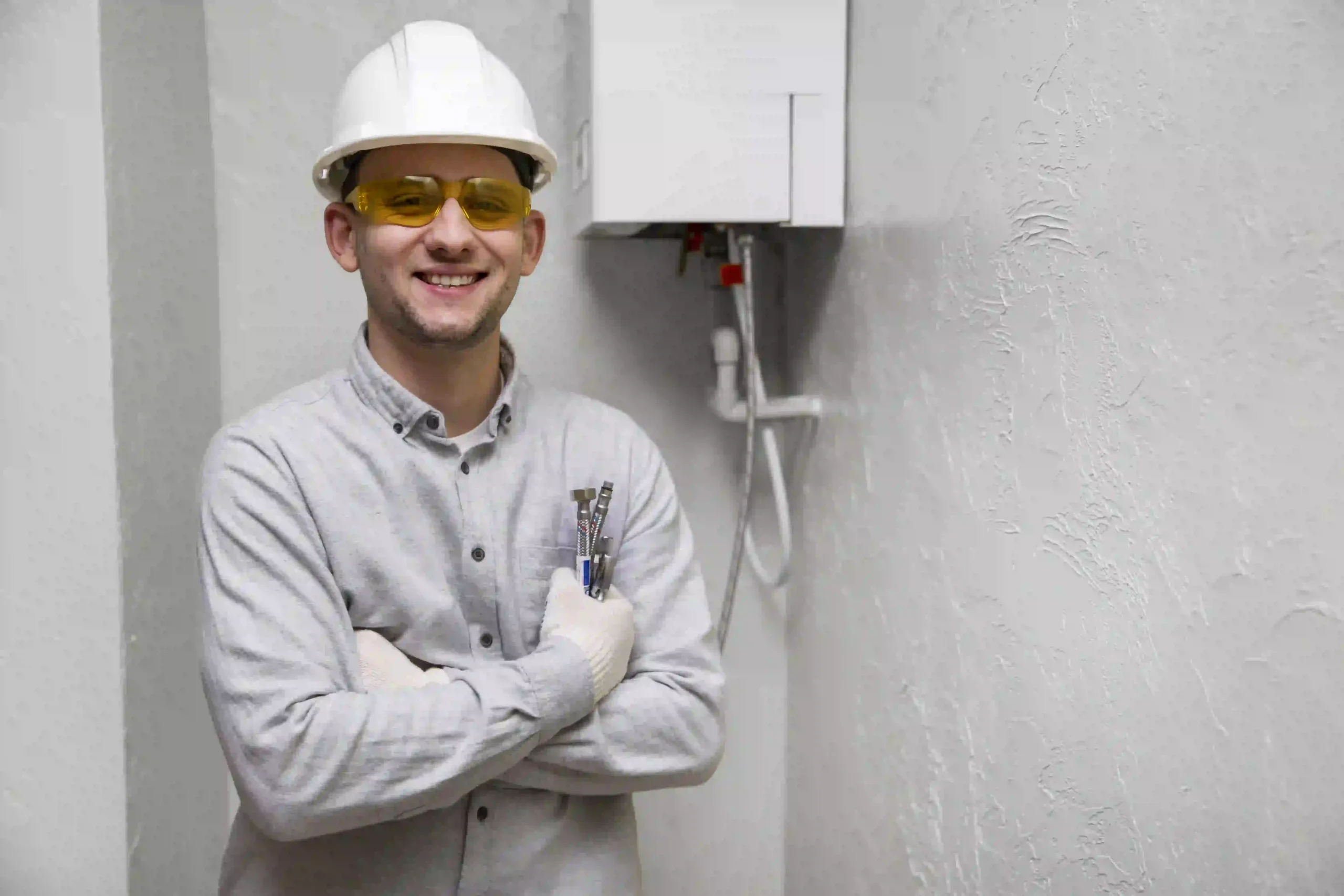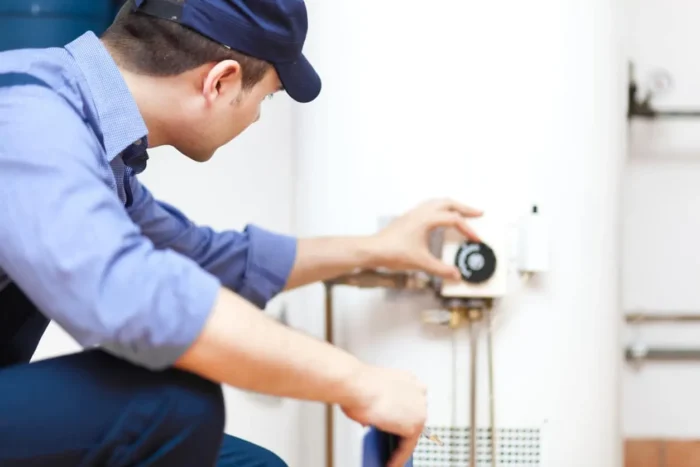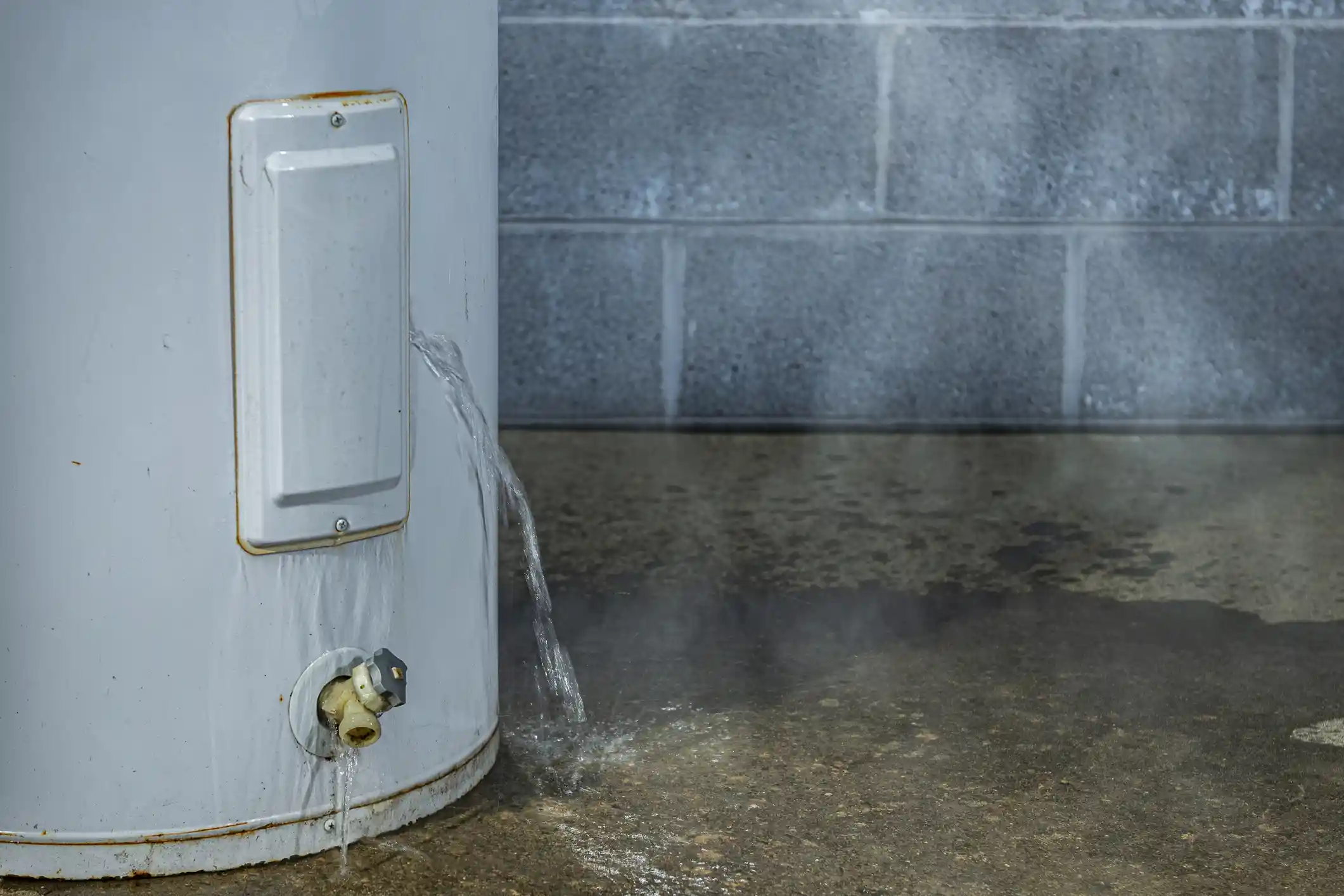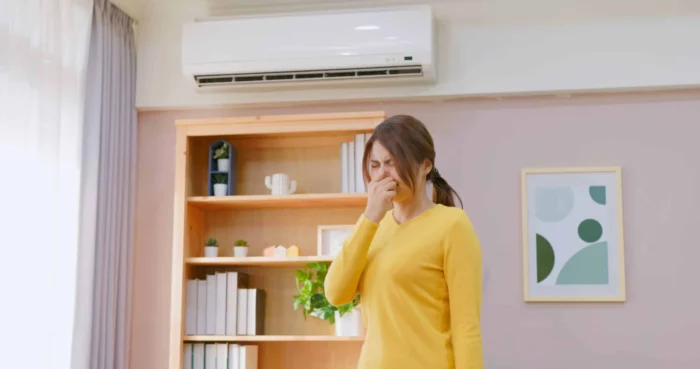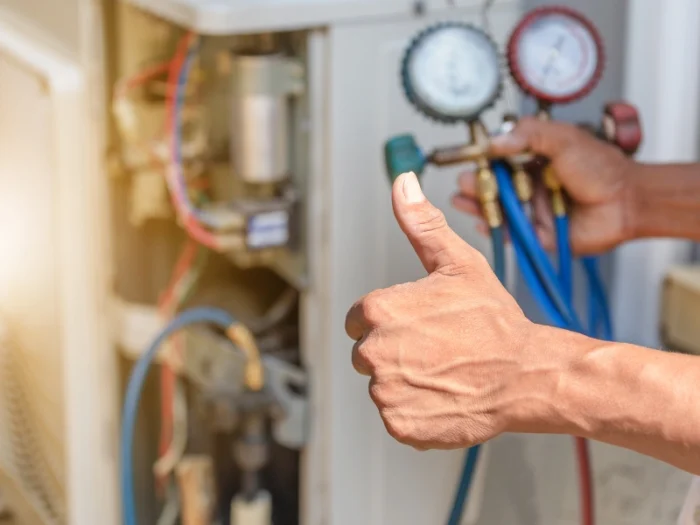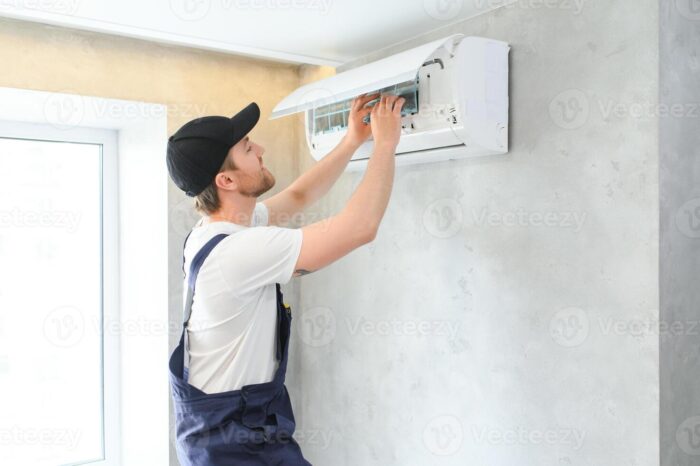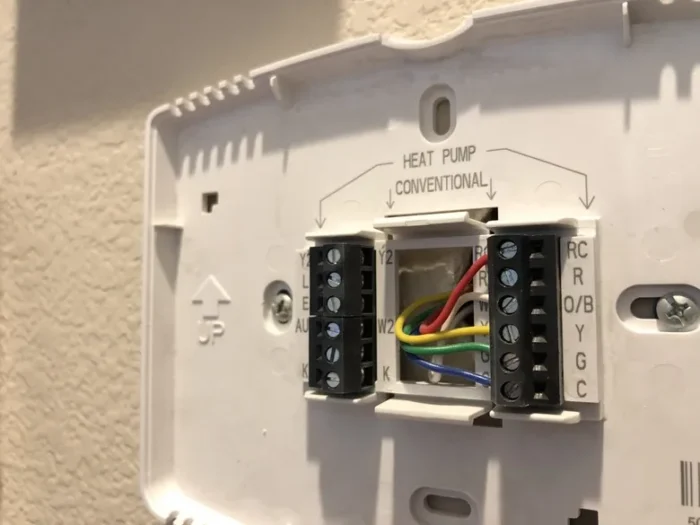How to clean a coil on AC is a key part of maintaining your air conditioning system and ensuring it runs efficiently. AC coils, which include the evaporator coil inside the unit and the condenser coil outside, are responsible for heat exchange absorbing heat from inside your home and releasing it outside.
Over time, dirt, dust, and debris can build up on these coils, reducing efficiency and increasing energy consumption. That’s why regular ac coil cleaning is essential. In this guide, we’ll walk you through the steps to clean AC coils safely and effectively, helping you extend the lifespan of your unit and improve its performance.
What Are AC Coils?
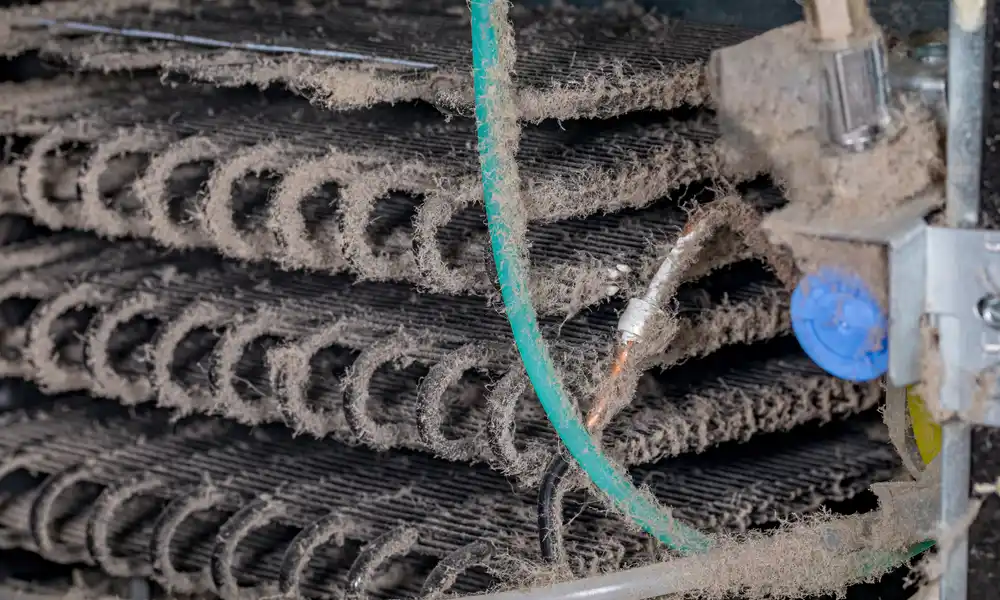
AC coils are key components in your air conditioner that help transfer heat. There are two main types: evaporator coils (located indoors) and condenser coils (located outdoors). Evaporator coils absorb heat from inside your home, while condenser coils release it outside. Knowing the type of coil is essential before starting any AC coil cleaning.
Evaporator Coils (Indoor)
Evaporator coils are located inside your home, usually within the indoor air handler unit. Their main function is to absorb heat from the indoor air. As warm air passes over the cold coils, the refrigerant inside absorbs the heat, cooling the air before it’s circulated back into your home.
Condenser Coils (Outdoor)
Condenser coils are found in the outdoor unit of your AC system. They work by releasing the heat absorbed by the refrigerant from inside your home. As the refrigerant flows through the condenser coils, it cools down and is ready to cycle back indoors.
Why Coil Type Matters
Knowing the difference between evaporator and condenser coils is crucial before starting any ac coil cleaning. Each type requires a slightly different approach when you clean AC coils, based on their location, exposure to dirt, and accessibility. Proper understanding ensures you avoid damage and get the best results.
Why Is Cleaning AC Coils Important?
Dirty coils can lead to major problems in your AC system’s performance and longevity.
Reduced Cooling Efficiency
When dust and debris build up on the coils, it creates a barrier that prevents heat from transferring properly. This means your system has to work harder to cool your home, resulting in reduced cooling performance. Regular cleaning AC coils helps your system run more efficiently and maintain the desired temperature.
Increased Energy Consumption
Clogged coils force your air conditioner to run longer and use more power to achieve the same cooling results. This leads to higher electricity bills. Simple air conditioner coil cleaning can significantly improve your unit’s energy efficiency and reduce monthly costs.
Poor Indoor Air Quality
Dust, mold, and bacteria can accumulate on dirty coils and eventually circulate through your home. This can negatively affect the air you breathe, especially for those with allergies or respiratory conditions. Cleaning AC coils regularly helps maintain healthier indoor air.
Shortened System Lifespan
When coils are dirty, the added strain on your AC system can lead to overheating, breakdowns, and premature wear. Over time, this can significantly shorten the life of your air conditioner. Preventative maintenance, including air conditioner coil cleaning, can help your unit last longer.
Cost Savings Over Time
By maintaining your coils and keeping them clean, you can avoid costly repairs, reduce energy bills, and extend the life of your AC. The small investment of time or professional help for cleaning AC coils can result in significant savings in the long run.
How Frequently Do AC Coils Need to Be Cleaned?
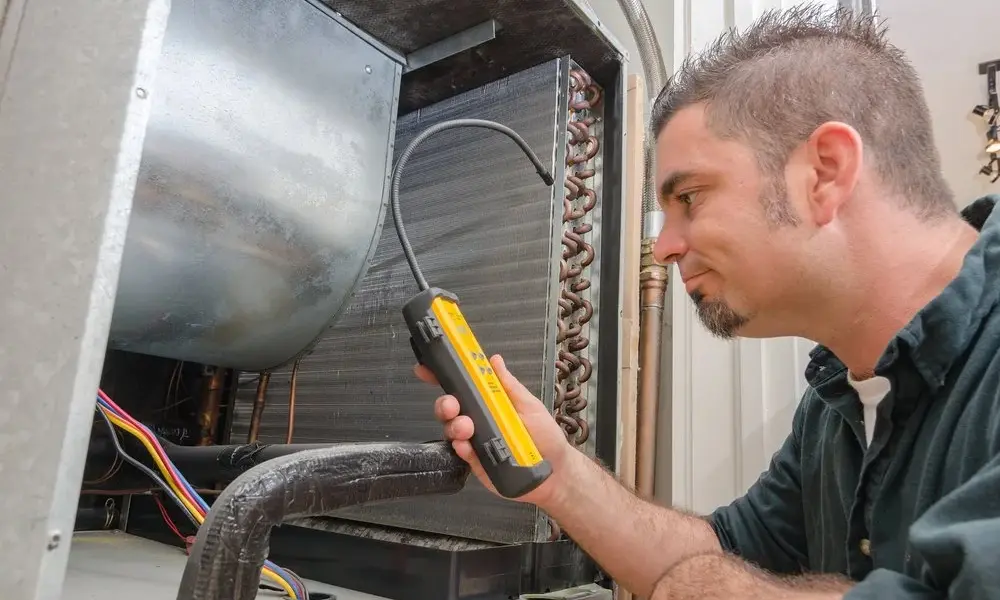
AC coils both the evaporator (indoor) and condenser (outdoor) coils — should typically be cleaned at least once a year. In many cases, twice a year is ideal, especially in areas with heavier use or more environmental buildup.
Factors Affecting Cleaning Frequency
1. Climate and Environment
- Dusty or Polluted Areas: If you live near a construction site, in a dry or dusty region, or an area with a lot of air pollution, debris will accumulate faster.
- Pollen and Plant Debris: During spring and fall, pollen, leaves, and organic matter can clog outdoor units.
- Pets: Homes with shedding pets may see faster buildup of dander and fur around indoor coils.
2. Usage Patterns
- High Usage: If your AC runs most of the day — especially during long summers — more frequent cleaning may be needed.
- Low Usage: In milder climates or in homes with occasional AC use, once-a-year cleaning may be sufficient.
3. Type and Age of the Unit
- Older Units: These tend to collect dirt more quickly and may need more frequent maintenance.
- Modern or High-Efficiency Units: These are often better sealed but still benefit from regular cleaning to maintain performance.
You may read How Often Should AC Be Serviced?
How to Clean Air Conditioner Coils in Five Easy Steps
Cleaning your AC coils is a simple but essential part of regular maintenance. It helps your system run more efficiently, lowers energy costs, and extends the unit’s life. This guide walks you through five easy steps to safely clean both indoor and outdoor coils.
Step 1: Turn Off the Power
Before doing any work on your AC unit, always shut off the power at the main switch or breaker.
- This protects you from electrical shock
- It also prevents the system from turning on while you’re working on it
Step 2: Access the Coils
Evaporator Coils (Indoor Unit)
- Usually located behind a panel on the indoor air handler or furnace
- You may need a screwdriver to remove the access panel
Condenser Coils (Outdoor Unit)
- Found on the exterior of the outdoor AC unit
- Often protected by a grille or casing that can be removed
Be gentle when opening panels and keep screws in a safe place.
Step 3: Remove Surface Debris
- Use a soft brush, microfiber cloth, or a vacuum with a brush attachment to gently remove dirt, dust, and debris
- Brush in the direction of the fins to avoid bending or damaging them
- Avoid using anything sharp or too stiff
Take your time coils are delicate and can be easily damaged.
Step 4: Apply Coil Cleaner
- Choose a coil cleaner made for your specific type of coil:
- Self-rinsing cleaners are ideal for outdoor coils (they wash away with rain or condensation)
- Manual-rinse cleaners may be better for indoor coils
Application Tips:
- Spray the cleaner evenly across the coil surface
- Let it sit for 5–10 minutes (or as instructed on the label)
- It will break down grime, grease, and buildup
Always follow the cleaner’s instructions for best results.
Step 5: Rinse and Reassemble
- If using a manual-rinse cleaner, use low-pressure water (like from a spray bottle or garden hose) to rinse off the cleaner
- Avoid high pressure, which can bend coil fins
- Let coils air dry completely
Once dry:
- Reattach any panels or grilles
- Restore power to your AC unit
When to Call a Professional
Knowing when to call a professional for your air conditioner maintenance is key to avoiding bigger problems. While regular DIY cleaning helps, some issues require expert tools and experience.
Signs That DIY Cleaning Isn’t Enough
If your AC isn’t cooling properly, making unusual noises, or the coils stay dirty despite your efforts, it’s a good sign that professional help is needed.
Annual Maintenance Visits
Scheduling yearly check-ups with a technician helps spot issues early and keeps your system running smoothly all season.
Benefits of Professional Servicing
Experts can clean coils more thoroughly, check for hidden problems, and improve your AC’s efficiency and lifespan.
Why Choose Hutchinson Heating and Air?
At Hutchinson Heating and Air, our experienced team provides trusted, thorough AC maintenance and coil cleaning to keep your home comfortable. Contact us today for service you can count on!
Conclusion
Regular cleaning of your AC coils is essential to maintain efficiency, lower energy costs, and extend your system’s lifespan. By following simple steps or scheduling professional maintenance, you keep your unit running smoothly year-round. Don’t wait for problems stay proactive with routine care. For expert AC installation or repair in Temecula and Murrieta, trust Hutchinson Heating and Air to keep you comfortable all season long. Contact us today!
FAQs
Can I Clean Both Evaporator And Condenser Coils Myself?
Yes, but indoor evaporator coils require more care and may need professional help if you’re unsure.
What Tools Do I Need To Clean Ac Coils Safely?
A: Basic tools include a soft brush, vacuum with brush attachment, coil cleaner, spray bottle or garden hose, and screwdrivers to open panels.
Is It Safe To Use Water On Ac Coils?
Yes, but use low-pressure water to avoid damaging the delicate fins. Avoid high-pressure washers.
What Type Of Coil Cleaner Should I Use?
Use a cleaner designed for AC coils self-rinsing for outdoor coils and manual rinse for indoor coils, following product instructions carefully.
What Signs Show My Coils Need Cleaning?
Reduced cooling efficiency, higher energy bills, visible dirt buildup, and unusual noises are common signs.
